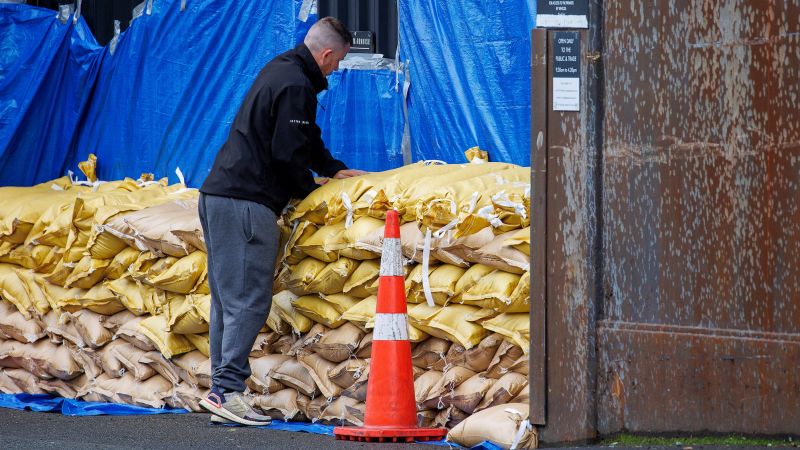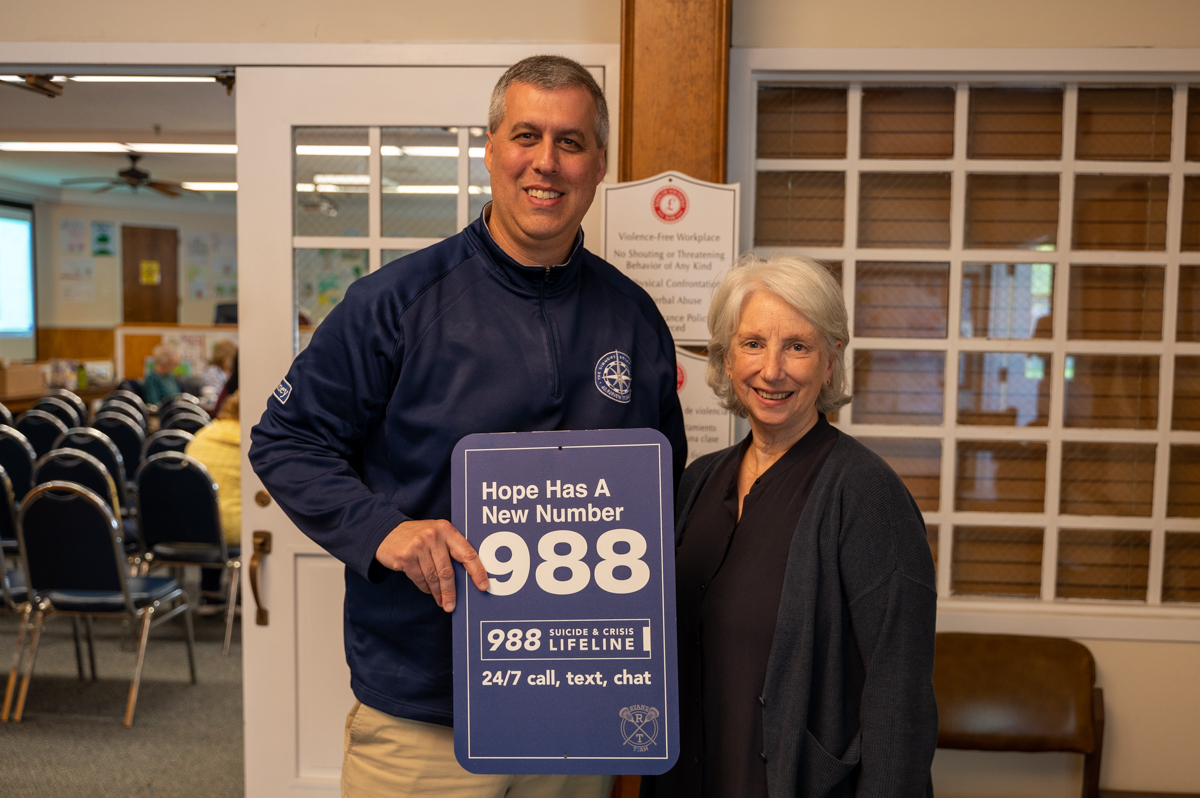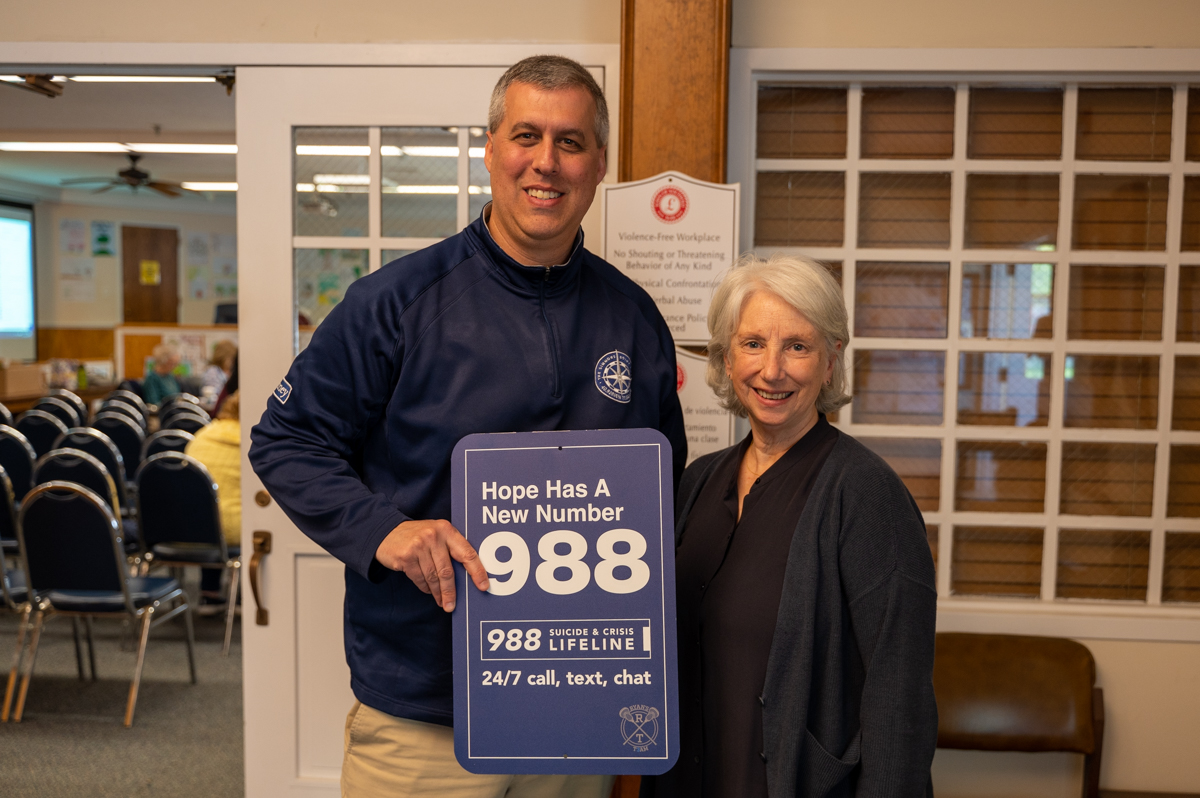Wellington, New Zealand
CNN
—
Around 58,000 homes are without power in New Zealand’s upper North Island on Monday as the approach of Cyclone Gabrielle brings strong winds, heavy rain and huge swells to Auckland and nearby regions.
Gabrielle swept past the Australian territory of Norfolk Island in the Tasman Sea on Saturday night, although its most destructive winds missed the island.
It is now sitting just north of New Zealand, with weather forecasters expecting rain and winds to intensify as it nears land during Monday and Tuesday.
“The impact of Gabrielle is still in its early stages and further serious and severe weather is still expected for Tamaki Makaurau (Auckland), later today into Tuesday morning,” said Rachel Kelleher, Deputy Controller Auckland Emergency Management on Monday.
“Now is not the time for complacency,” she added.
Many schools and local government facilities across Auckland and the upper North Island have closed and people are being asked not to travel if possible. States of emergency are in place in Auckland and at least four other regions.
The meteorological agency Metservice said Whangarei, a city north of Auckland, had received 100.5 mm of rain (4 inches) in the past 12 hours, while winds of 159 km per hour (100 miles per hour) had been recorded off the coast of Auckland.
Kieran McAnulty, Minister for Emergency Management, said around 58,000 homes were without electricity and for some it might be several days before power can be restored.
“There has been significant disruption to public transport with aircraft, ferries, buses and trains either suspended or operating on a reduced schedule,” McAnulty added.
Air New Zealand said in a statement that it will resume flying from Tuesday having cancelled 509 flights because of the cyclone. It is adding 11 extra domestic flights to its schedule to help with the recovery efforts.
Northpower, which is responsible for the network in the northernmost regions, said around half of their network had been damaged, a level it hasn’t seen since a cyclone in 1988.
The New Zealand Defence Force has located 150 staff across Auckland and neighbouring regions and they are bringing in welfare supplies to civil defense centres and shelters.
The cyclone is the second significant weather event to hit Auckland and the upper North Island in just a few weeks. Last month Auckland and surrounding areas were hit by record rainfall that sparked floods and killed four people.
McAnulty said the two large events were stretching the emergency and recovery response system.
“A lot of people are feeling, I think, tired, stressed about what’s going on,” he said.


 news
news 





